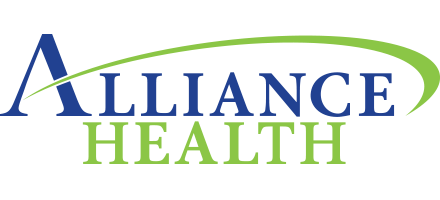Movement is Medicine: Elbow Injuries in Major League Baseball Throwers: Part II
Part I of elbow injuries in throwers discussed Little League Elbow. A potentially serious injury in adolescent throwers. Part II will focus on the Major League Baseball pitcher and the seeming rise in “Tommy John” surgeries. There are several hypotheses of the increase in this injury and the need for a surgical reconstruction. We will give an overview of the injury pathology and surgical repair.
Tommy John was an All- Star pitcher for the Los Angeles Dodgers in the 1970s who injured his elbow. It was determined that he had torn his ulnar collateral ligament. (UCL) The reconstruction of the UCL was first performed by Dr. Frank Jobe of the famed Kerlan-Jobe clinic in Southern California. It took months of rehabilitation, but John made a full recovery and successfully continued his Hall of Fame career.
The same mechanism of injury that causes Little League elbow, is essentially the same that causes UCL tears. Either poor throwing mechanics or overuse stress on the elbow can cause microtrauma to UCL. This microtrauma leads to pain and instability of the elbow joint.
Symptoms include:
- Pain on the inside of the elbow.
- A sense of looseness or instability in the elbow.
- Irritation of the “funny bone” (ulnar nerve): This is felt as tingling or numbness in the small finger and ring finger.
- Decreased ability to throw a baseball or other object.
Interestingly, it is rare that this injury disrupts non-throwing activity. Most athletes can continue to lift weights, run, and sometimes bat.
Non-surgical options include: rest, ice non-steroidal anti-inflammatory drugs (NSAID) i.e. ibuprofen, Naproxyn sodium, and Celebrex. Physical therapy treatment might consist of exercise, manual therapy, and therapeutic modalities such as ultrasound, electrical stimulation, laser light therapy. Recently, treatment with platelet rich plasma or (PRP) has been a preferred choice by many athletes. J.S. Dines, P.N. Williams, N. Elattrache (2016) concluded that PRP was beneficial in treating 4 out of the 6 Major League players with moderately torn UCLs. To find out more about treating UCL tears, refer to their study. http://www.mdedge.com/amjorthopedics key search words PRP and UCL.
Non-surgical options are favorable in mild to moderate UCL tears, because there is a much shorter down time. It is estimated that the average return to pitching in a Major-League baseball pitcher following Tommy John surgery is around 70-80 percent and rehabilitation takes from 12- 16 months to return to full participation. Depending on when (pre-season through post-season) the injury is diagnosed and based on the severity of the tear, might determine the choice treatment.
The last several years have seen a rise in Tommy John surgeries in Major League Baseball pitchers. Tommy John surgeries in Major League Baseball by Year: 2016 (20), 2015 (30), 2014 (30), 2013 (25), 2012 (46). There are already 5 more in 2017 and the baseball season is in its first quarter. This increase of surgical procedures has been explained in several ways. One theory is that there are more surgeons capable of performing the procedure with greater confidence of a positive outcome. This can be enticing for a pitcher that is facing a decision of retiring vs. surgery with rehab. Other reasons can trace back to youth baseball and the pitch count. Many young pitchers throw year-round now. Noted sports orthopedic surgeon Dr. James Andrews says that even pitchers in their early twenties have already thrown too much placing undo stress on the UCL. Even with lowering their pitch count in the off season of younger and older athletes, it is simply too much force on the elbow. The athlete needs rest.
We can summarize prevention of elbow injuries in adolescent and professional by pitch count, throwing mechanics, and physical conditioning. Regardless, of the success of the pitcher, their protection is up to their coaches or parents to limit their throwing and follow the youth baseball guidelines. Throwing mechanics are important because poor timing can put additional stress on the elbow. Physical conditioning including flexibility and core strength in important because it sets up the athlete throw with more consistency. Therefore, many MLB pitchers come into the league with elbow injuries that just haven’t manifested themselves. It is important for young throwers and the professional to pay attention to elbow pain and seek out medical attention early. Further debate and discussion should continue among baseball coaches, athletic trainers, physical therapists and sports medicine physicians to both protect the future of baseball and, of course, the young thrower’s arm.
For further information regarding Tommy John Surgeries in MLB pitchers please got the following link https://mlbreports.com/tj-surgery/. Many surgeons have been trained in the procedure. Some suggestions can be found at http://www.kerlanjobe.com/.



